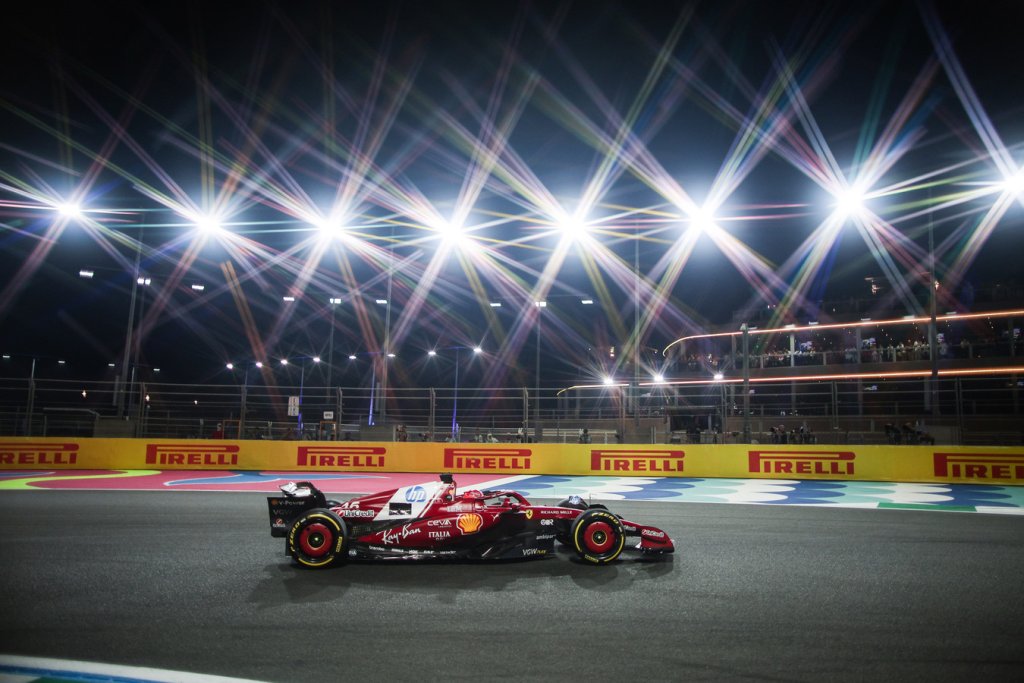One million dollars per team — that’s the estimated cost each outfit will have to bear to adapt to the new Spanish technical directive (TD).
We’ve reached the final stretch of the current regulations: teams now have just one real shot to get it right — a single, comprehensive upgrade package (at most two iterations) with no room for error. With limited technical and financial resources, and pressure at its peak, the most critical moment of the season sees a game-changing directive arrive: front wings must now comply with stricter rigidity specifications.

$1 million gone — or wisely invested?
Adapting to the new front wing profiles will cost teams around $1 million — up to 10% of the average annual development budget, according to Red Bull estimates. The twist? This is a transition year toward the 2026 car generation. Every cent spent on current development hurts both short-term gains and long-term innovation.
Ferrari stays the course — but now must hit the target
Maranello wasn’t caught off guard: as reported by autoracer.it, Ferrari had already planned a revised front wing, which will debut right after the TD comes into force in Spain. Additional updates include a modified rear-end and a reworked rear load distribution. The full “Gigante” package — named internally — is expected to arrive between Barcelona and Silverstone. The objective: prove the SF-25 is a solid foundation.
The return of understeer & modern aero struggles
With less aerodynamic flexibility, an old enemy is back: mid-to-low-speed understeer. As noted by Giuliano Duchessa, cars now struggle to rotate through tight corners after breezing through high-speed sections. The optimal performance window is shifting, and cars can’t fine-tune balance as freely.
To counter this, Red Bull is bringing a 0.2s theoretical gain to Imola — but concerns remain over data correlation between simulation and track. Gianpiero Lambiase, Verstappen’s key engineer, returned to Milton Keynes to personally oversee development.
The Mercedes W16, meanwhile, boasts impressive aerodynamic cleanliness: low lines, fluid surfaces, and a strong drag-load balance. It’s not the boldest design, but it’s tidy. McLaren is playing it safe — no immediate overhaul, but the MCL39 has proven solid and competitive. As Duchessa points out, it’s the most stable car in areas affected by floor flex, and its front suspension minimizes aero interference, offering the most refined compromise.
All eyes on Barcelona — mistakes will cost dearly
With the new flex TD fully in force, the Spanish GP will be a turning point. New wings and floor designs will reshape car balance, and McLaren could lose its early-season edge. If the SF-25 can finally perform consistently in dirty air, Ferrari may have found a breakthrough. Otherwise… it’s yet another year spent playing catch-up.
Photo: Scuderia Ferrari HP

